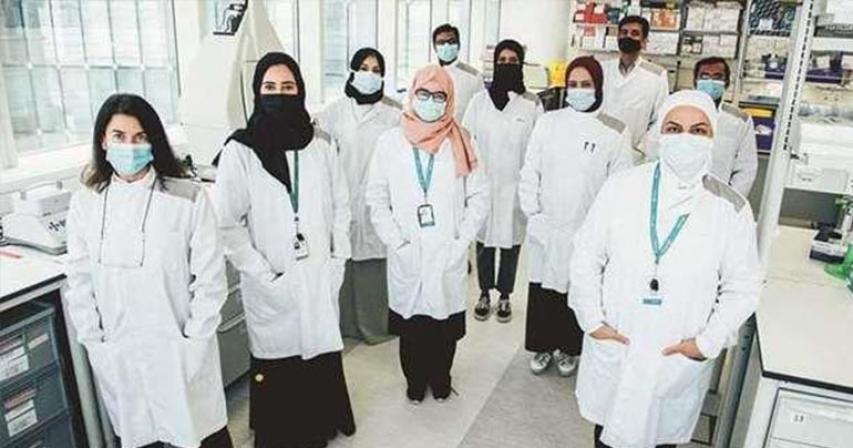A top researcher from Qatar Foundation's Sidra Medicine has created the first salivary microglia of the Qatari population, which could be "a turning stone to precision medicine."
Using data from 1,000 individuals involved in the Qatar Genome Programme, a QF project, Dr. al-team Khodor's has successfully identified the first-ever salivary microbiome composition in the Qatari population.
Innovations in diagnostic instruments may help to propel the transition toward personalized or precision medicine. Saliva diagnostics is one of them. Saliva-based biomarker detection and measurement have the ability to allow highly personalized diagnosis, prognosis, and treatment.
The degree of heterogeneity in the salivary biome at a population level has not been thoroughly investigated, and the few experiments that have been conducted do not include the Arab or Qatari populations.
It is critical to build a robust database of biomarkers that indicate the existence of a disease in saliva in order to progress the field of saliva diagnostics. Changes in biomarker levels, if completely catalogued, will play a key role in preserving the well-being and detecting diseases early.
Dr. al-Khodor is investigating whether improvements in the salivary microbiome and proteome can predict diabetes and cardiovascular disease (CVD), among other things, in a project financed by QF's Qatar National Research Fund.
Another aim of the study is to figure out how specific microbes contribute to a person's disease development. For instance, how does a specific bacterium place an individual at high risk of CVD? Is it causing an increase in fat absorption? Is it causing you to get a higher blood pressure?
For decades, bodily fluids such as blood and urine have been used in diagnostics, but there are many explanations why scientists are now moving to saliva.

Comments